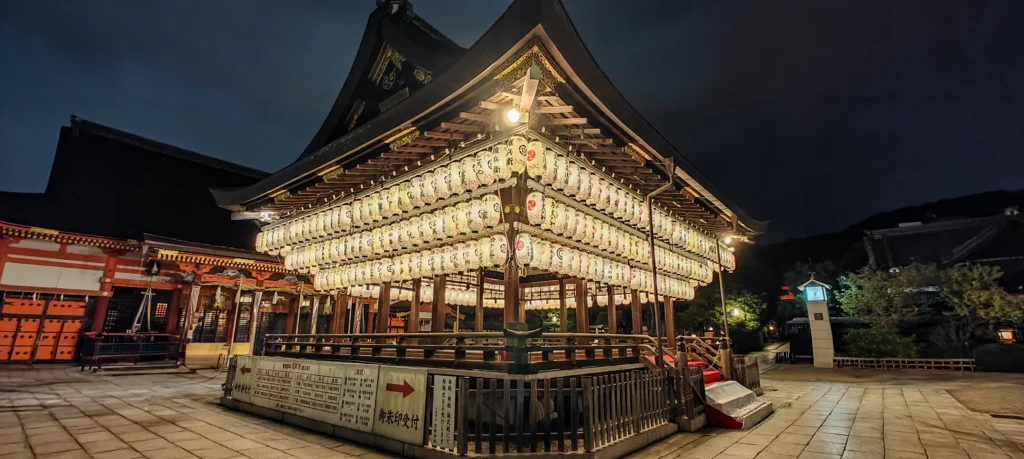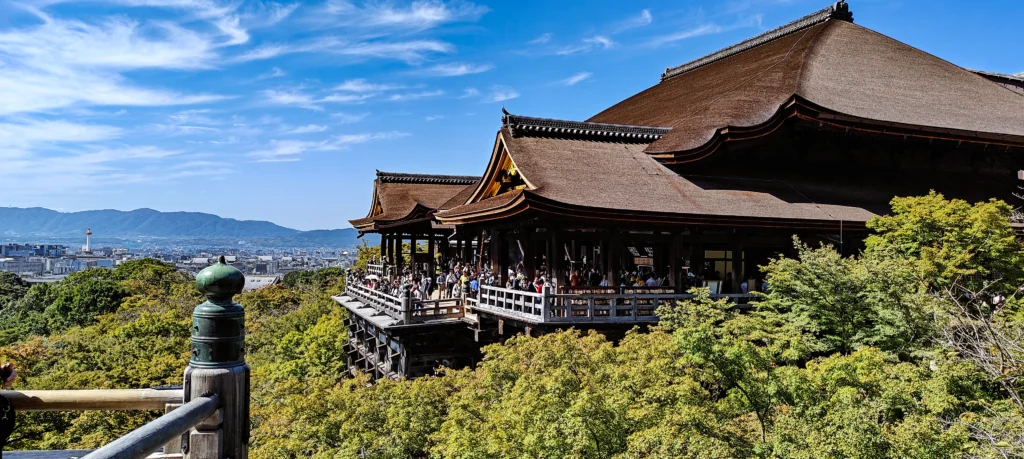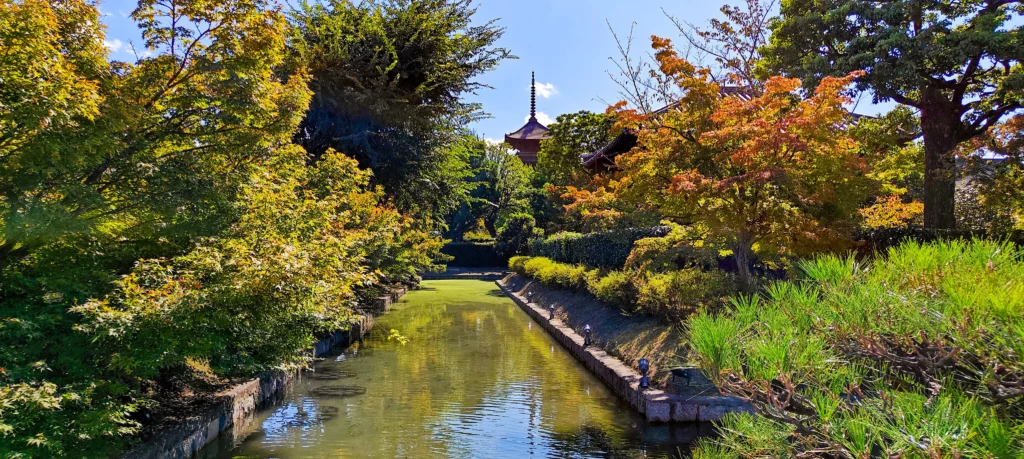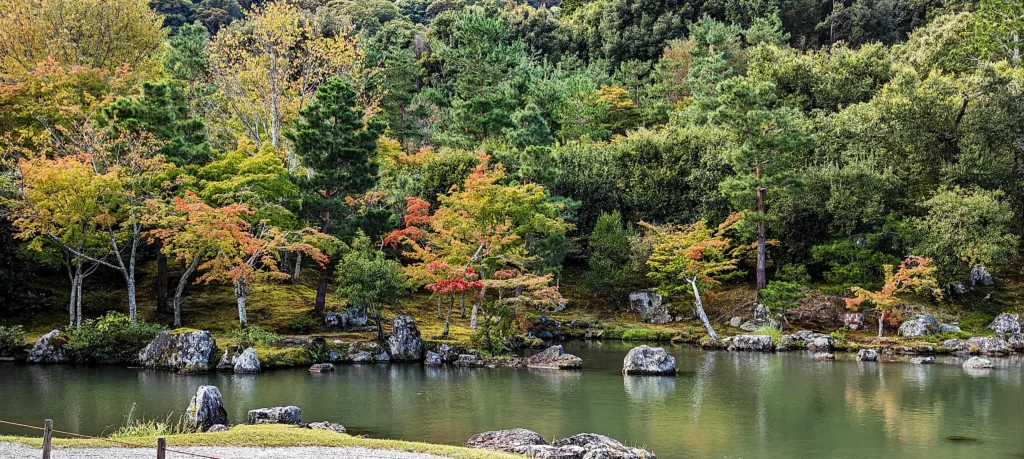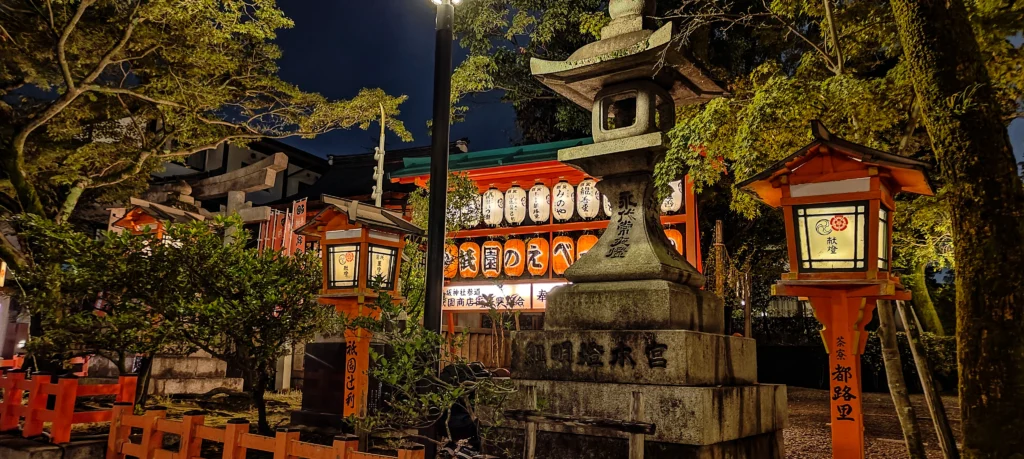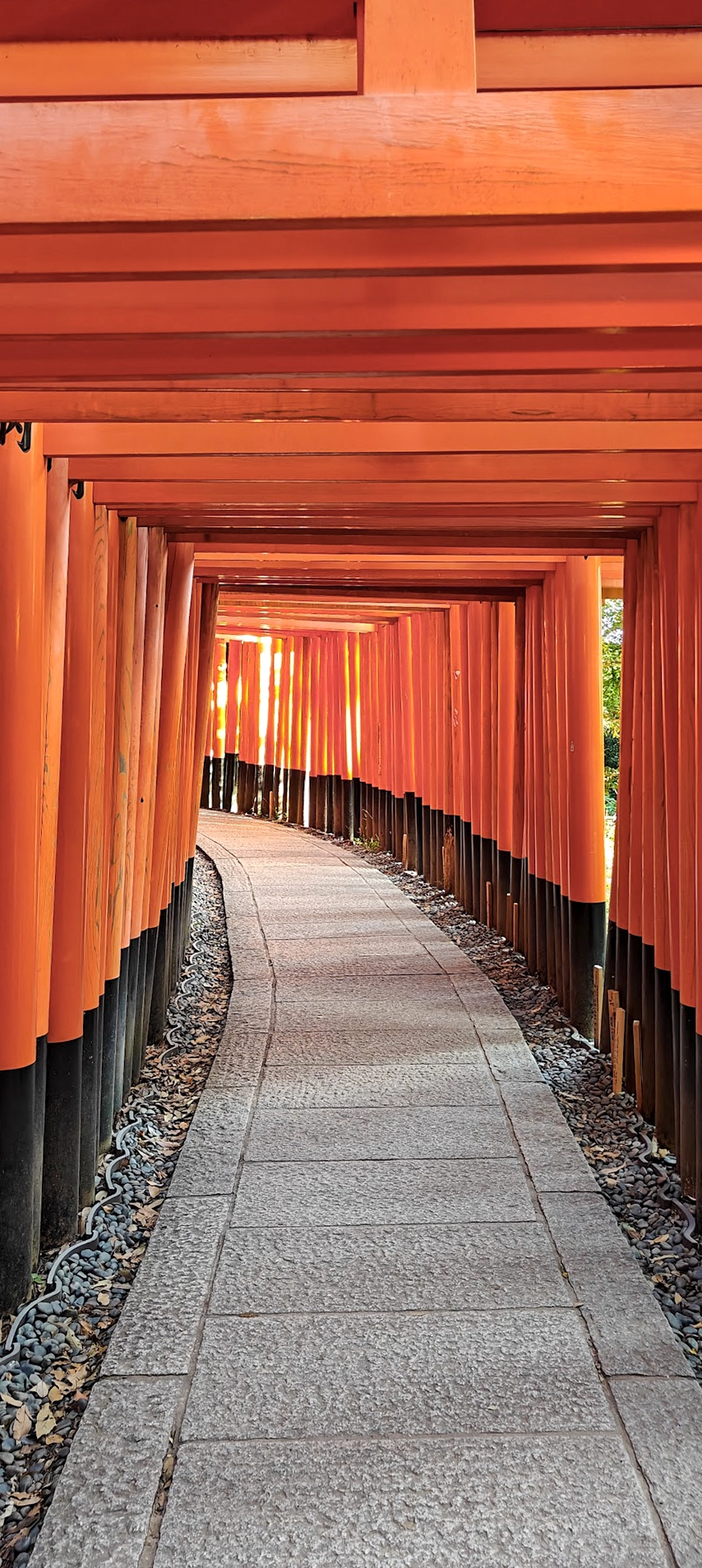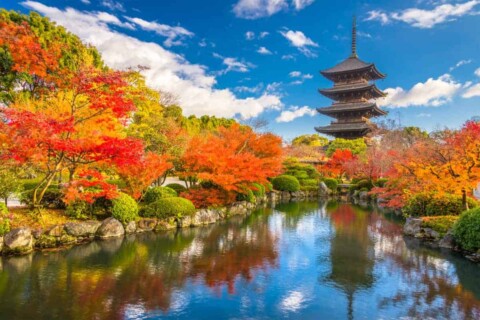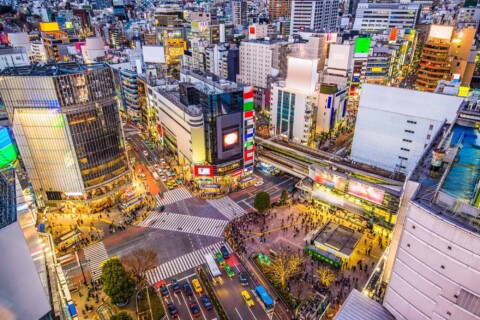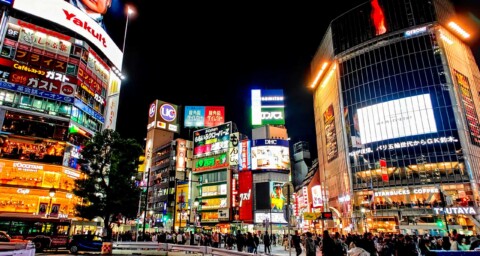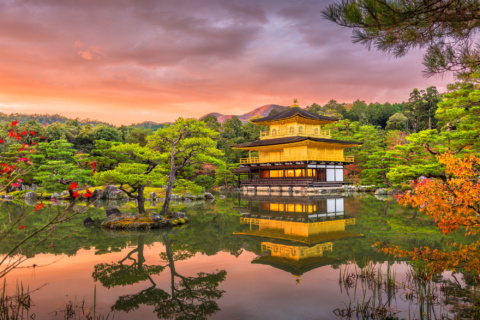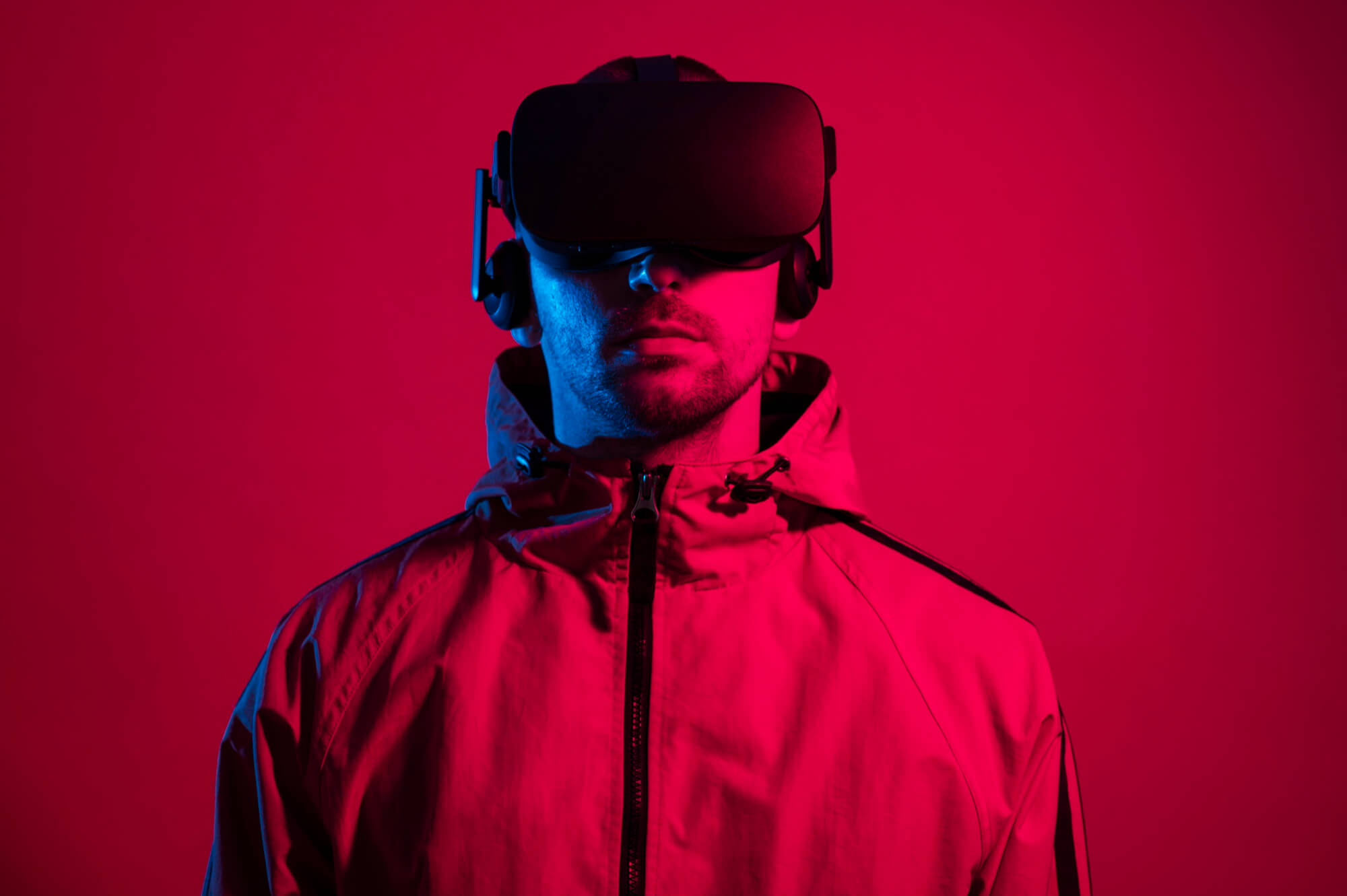Alright, travel tribe, buckle up! Or rather, settle into your impossibly comfortable, spotlessly clean, hurtling-through-the-countryside-at-nearly-300km/h seat. Because we’ve just left the electrifying neon symphony of Tokyo behind (catch up on Part 1 if you missed it!), and I’m officially activating my JR Rail Pass superpowers. Destination? None other than my absolute, hands-down, no-contest favourite city on this spinning blue marble: Kyoto.
Let me tell you, there’s something almost sacred about that first Shinkansen journey of a Japan trip. It’s like the ceremonial unlocking of the country’s deeper magic. And tradition demands a bento box. Seriously, it’s practically written in the Shinkansen constitution. I beelined for the ekiben stall at Tokyo Station, eyes wide with anticipation at the colourful array of culinary artistry packed into little lacquered boxes. Did I photograph this edible masterpiece? Reader, I did not. Why? Because the sheer, giddy excitement of boarding the actual bullet train turned my brain into a puddle of pure, unadulterated joy. Priorities, people! The sleek nose of the train, the silent glide as it pulls out, the acceleration that pins you gently back in your seat… it’s pure, unadulterated travel bliss. I spent a good chunk of the journey just grinning like a loon, watching the blur of towns and rice paddies streak past, occasionally remembering to actually eat my (delicious, albeit un-photographed) lunch. I love the Shinkansen. I love it like some people love puppies or perfectly ripe avocados. It’s efficient, futuristic, and somehow still deeply calming.
And then… Kyoto. Arriving at over 298 km/h is a statement. It whispers, “Welcome. You are now somewhere different.” Using the JR Pass to glide seamlessly onto the local line towards my hotel? Easy peasy. Well, almost. The station, a marvel of modern architecture itself, can be a tad labyrinthine when you’re hunting for a specific subway line. Cue mild confusion and the universal traveler’s head-tilt-and-map-scrutiny. But this is Japan! Before mild confusion could blossom into full-blown panic, a lovely Japanese lady, sensing my lost-puppy aura, materialized with a gentle “Sumimasen?” (Excuse me?). With gestures, smiles, and my mangled attempts at “Arigatou gozaimasu!” (Thank you very much!), she pointed me exactly where I needed to go. Angels walk among us, and sometimes they wear impeccably tailored coats in Kyoto Station.
My hotel? The Travelodge Kyoto Shijo Kawaramachi. Now, I’d booked it thinking, “Budget chain, probably miles from anything interesting.” Oh, me of little faith! I emerged from the subway exit, suitcase rattling, turned a corner, and BAM. Smack. Dab. In. The. Middle. Of. Everything. Shijo-dori buzzed with life, the Kamo River was a stone’s throw away, and Gion… the legendary Gion district… felt practically next door. I stood there, probably looking like I’d won the lottery (which, geographically speaking, I kinda had), muttering “Wow” under my breath. Seriously, location scouts, take note.
I’d visited Kyoto once before, years ago, but it was a whirlwind. I saw temples, I ate things, I got hopelessly lost. This time? This time I was on a mission. Operation: Kyoto Orientation. First stop? Gion, naturally.
Walking into Gion in the late afternoon felt… different this time. Sharper. More vivid. Maybe because the jet lag fog had finally lifted, or maybe Kyoto just reveals more of itself when you approach it with determination (and a decent night’s sleep). The traditional machiya townhouses, with their wooden lattices and subtle elegance, seemed to whisper stories of geiko and maiko. My first port of call? Fuel. Specifically, a latte from Tully’s. Yes, Japan’s answer to Starbucks. Don’t judge! It’s a familiar comfort in a sea of wonderful strangeness, and I have fond memories of their coffee from my last trip. Plus, this time I came armed! I’d diligently practiced: “Kōhī, onegaishimasu.” (Coffee, please). Simple? Yes. Nerve-wracking for someone whose linguistic prowess peaks at “Bonjour”? Absolutely. I took a breath, approached the counter, and delivered my line. The barista smiled, nodded, and asked a follow-up question. My brain froze. Deer. Headlights. I defaulted to hopeful pointing and apologetic English. We got there! Victory latte secured. It tasted like accomplishment (and decent coffee).
This time I was on a mission. Operation: Kyoto Orientation. First stop? Gion, naturally
Latte in hand, peace restored, I wandered. Gion is a masterclass in the old-world charm Kyoto wears so effortlessly. Quaint shops selling exquisite ceramics, delicate sweets (wagashi!), intricate textiles, and beautiful lacquerware lined the streets. The beauty lies in the details: the perfectly raked gravel in a tiny hidden courtyard, the single, stunning flower arrangement in a window, the minimalist elegance inside even the most traditional shop. It screamed Japanese aesthetic – less is more, and every single thing has its place. My mission: unique gifts. Specifically, hand-painted silk fans. Mission accomplished after much delightful browsing (and restraint – so many beautiful things!).
As dusk painted the sky in soft watercolours, I felt the pull of Yasaka Shrine. Approaching it as the lanterns began to glow… magic. Pure magic. The vibrant vermillion gates (torii) stood out boldly against the darkening sky. The main hall, illuminated softly, had a serene, powerful presence. Unlike the daytime bustle I remembered, the evening crowd was thinner, quieter. I took my time. I lingered by the offering hall, listened to the soft clang of the purification bell, watched people toss coins and offer prayers. The air felt thick with history and quiet reverence. I just… stuck around. Absorbing the peaceful energy. It was the perfect antidote to Tokyo’s buzz.
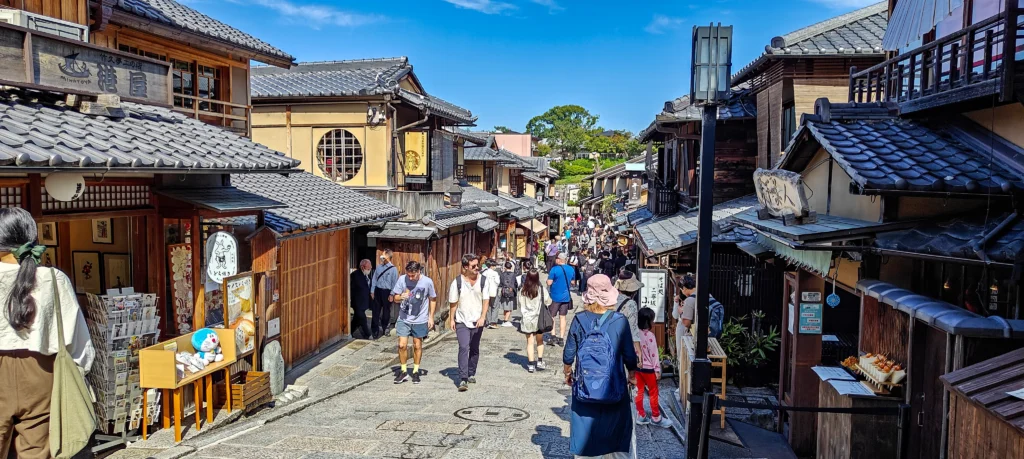
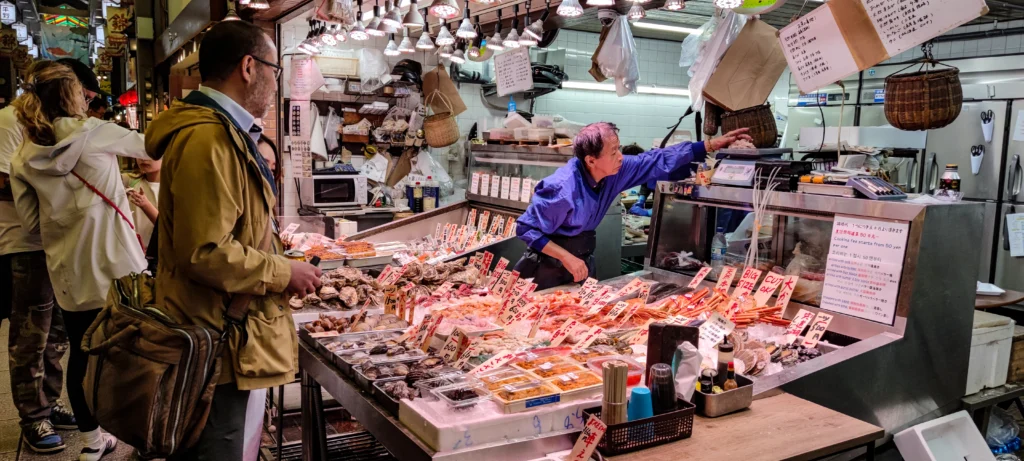
Then, the siren call of ramen. My rule in Japan: if there’s a queue, it’s probably worth it. Enter “Kenton Akutagawa” (a name that always makes me think of a particularly studious wizard, but I digress). The line snaked, but it moved with surprising efficiency. Inside, the air was steamy and fragrant with pure, unadulterated umami. The ramen arrived – rich, deeply flavoured broth, perfectly springy noodles, melt-in-your-mouth chashu pork, a perfectly marinated egg. It was soul-warming, delicious perfection. The queue prophets had spoken true. Stuffed and supremely happy, I waddled back to my immaculately clean, slightly snug (hey, it’s Japan!) Travelodge haven. Free toiletries? Check! Great location? Double-check! Pro-tip: I always add breakfast to my hotel stays in Japan. It’s usually a great spread (think rice, miso soup, fish, salad, sometimes Western options), incredibly convenient, and surprisingly cost-effective. Fuel for adventures!
Morning arrived, bright and Kyoto-blue. Hotel breakfast conquered, I hopped on one of Kyoto’s charming trolley buses – a rickety, rumbling contrast to the Shinkansen, but full of character. Destination: Arashiyama Bamboo Forest. Yes, I’d heard the whispers: “Overrated.” “Too crowded.” But listen, seeing that towering green corridor in person? On a sunny day, with shafts of light piercing through and those impossibly tall stalks swaying gently in the breeze? It’s lovely. Sure, it was busy (I arrived fairly early – imagine the midday scrum!), but there’s a hushed, almost cathedral-like atmosphere beneath that canopy. My personal challenge: waiting for that elusive split-second where I was alone on the path. It involved strategic pauses, pretending to be fascinated by a particularly interesting bamboo node, and ninja-like reflexes with my camera. I got my shot! Worth the patient lurking. Also worth noting: the rickshaw pullers navigating the paths. Those guys are machines. Super fit, impressively tanned, and somehow managing to chat and laugh while hauling two people uphill. Respect.
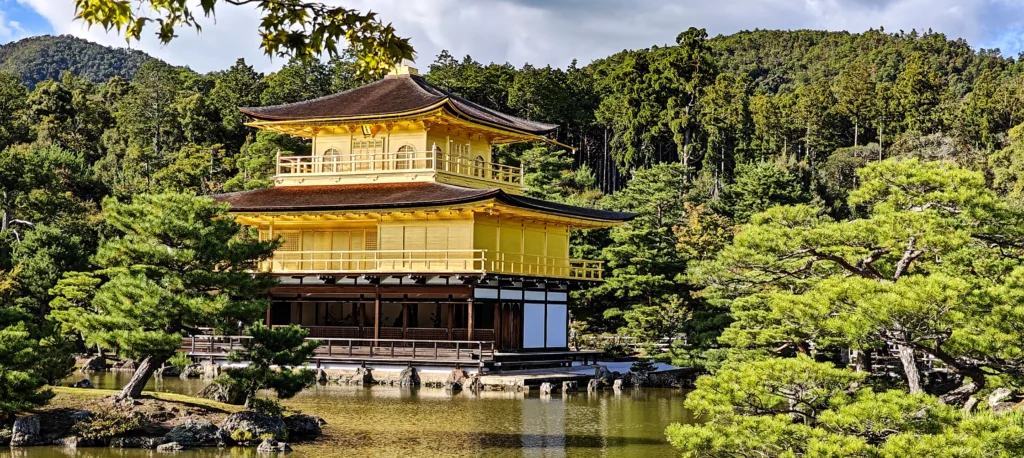
A short, pleasant walk away lay Tenryu-ji Temple. Stepping into its UNESCO World Heritage gardens was like stepping into a living painting. The Sogenchi Pond Garden is a masterpiece of borrowed scenery (shakkei), where the surrounding Arashiyama mountains become part of the composition. Koi glided lazily beneath the reflection of maple trees, stone paths wound through meticulously maintained moss and raked gravel, and ancient trees stood as silent sentinels. The temple buildings themselves were serene and imposing. I found a quiet bench overlooking the garden and just… sat. Breathing. Listening to the water, the birds, the distant rustle of leaves. Pure zen. Kyoto demands these moments of stillness.
Refreshed, I ambled along the Hozu River, watching traditional boats drift by, before hopping back on transport towards the glittering star: Kinkaku-ji, the Golden Pavilion. Wow. Just… wow. Seeing that top two floors completely covered in brilliant gold leaf, shimmering above the mirror-like Kyoko-chi pond, is breathtaking. It’s almost unreal, like something from a fantasy novel. The gardens surrounding it are equally stunning. Yes, it’s popular. Yes, you’ll be part of a slow-moving procession. But the photo opportunities? Unbeatable. The way the gold reflects in the water, framed by lush pines… it’s iconic for a reason.
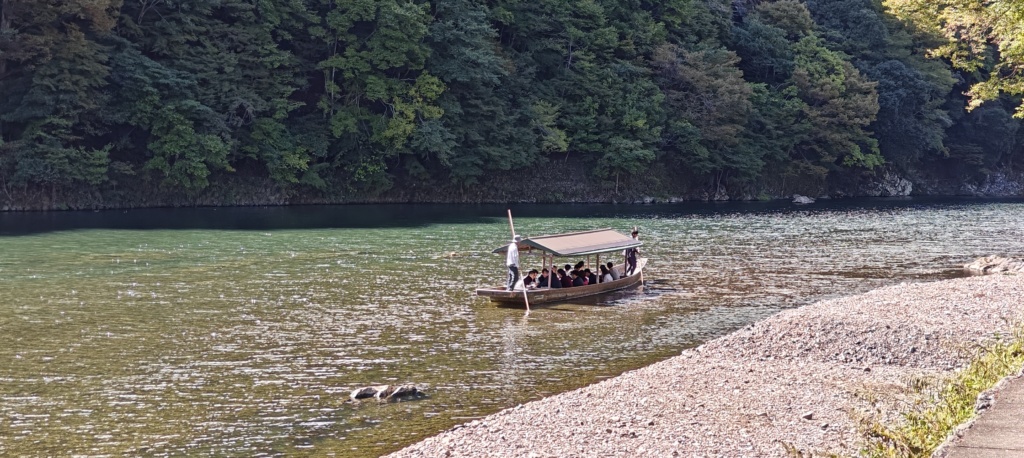
Stepping into its UNESCO World Heritage gardens was like stepping into a living painting
Dinner called for fun: Kura Sushi! This conveyor belt sushi chain is a riot. Spotless, efficient, and with a cool gimmick – every 5 plates you slot into the return chute earns you a chance to win a little toy capsule from a machine above your table. The sushi was fresh, tasty, and incredibly affordable. Watching plates whizz by, trying to grab that tuna nigiri before the guy three seats down, and the thrill of maybe winning a tiny plastic sumo wrestler? Peak Japan fun. Back near the hotel, I explored the bustling market street behind Shijo-dori – a great spot for street food snacks and people-watching. So convenient!
Day three dawned equally beautiful. Temple focus continued: first, the charming Hōkan-ji Temple, also known as Yasaka Pagoda. That five-story pagoda, peeking above the traditional rooftops of Higashiyama, is the quintessential Kyoto postcard view. Wandering the narrow, sloping Sannenzaka and Ninenzaka lanes leading up to Kiyomizu-dera is like stepping back in time. Quaint shops selling matcha soft serve, pickles, and pottery line the stone-paved path. Kiyomizu-dera itself, the “Pure Water Temple,” perched on the hillside, offers jaw-dropping panoramic views over Kyoto from its famous wooden stage (built without nails!). The main hall is immense and powerful. The atmosphere, even with crowds, is vibrant and spiritual. Don’t miss the Otowa Waterfall below, where three streams of water fall into a pond – drinking from each is said to grant a different benefit (longevity, success, love). Choose wisely! (Spoiler: I went for longevity. Can’t hurt, right?).
Then… the grand finale for my Kyoto soul: Fushimi Inari Taisha. This is one of my favourite places anywhere. Dedicated to Inari, the Shinto god of rice, foxes, and prosperity (hence all the fox statues!), it’s famous for its seemingly endless path of thousands of vibrant vermillion torii gates snaking up the mountainside. Walking through those tunnels of orange-red, the light dappling through, is an experience unlike any other. It feels ancient, mystical, and powerful. I spent hours here. My mission: climb to the top (Yotsutsuji intersection) for sunset. The climb is steady but manageable, and the higher you go, the thinner the crowds become. Reaching the viewpoint as the sun dipped low, casting a golden glow over the entire city of Kyoto sprawled below… breathtaking. Worth every step. The descent, as twilight deepened into proper dusk, was almost magical. I was largely alone, just the soft crunch of gravel underfoot, the gentle sway of the trees, and the silent company of countless fox statues guarding the path. Pure Kyoto serenity.
Then… the grand finale for my Kyoto soul: Fushimi Inari Taisha. This is one of my favourite places anywhere. Dedicated to Inari, the Shinto god of rice, foxes, and prosperity (hence all the fox statues!), it’s famous for its seemingly endless path of thousands of vibrant vermillion torii gates snaking up the mountainside. Walking through those tunnels of orange-red, the light dappling through, is an experience unlike any other. It feels ancient, mystical, and powerful. I spent hours here. My mission: climb to the top (Yotsutsuji intersection) for sunset. The climb is steady but manageable, and the higher you go, the thinner the crowds become. Reaching the viewpoint as the sun dipped low, casting a golden glow over the entire city of Kyoto sprawled below… breathtaking. Worth every step. The descent, as twilight deepened into proper dusk, was almost magical. I was largely alone, just the soft crunch of gravel underfoot, the gentle sway of the trees, and the silent company of countless fox statues guarding the path. Pure Kyoto serenity.
Dinner was a celebration of another favourite: Okonomiyaki! Savoury Japanese pancake/pizza hybrid glory. Layers of batter, cabbage, meat or seafood, noodles (sometimes!), all cooked on a hot griddle right in front of you, topped with a sweet-savoury sauce, mayo, bonito flakes dancing in the heat, and seaweed. It’s messy, delicious, and deeply satisfying. Yum doesn’t even cover it.
My final Kyoto day was a gentle farewell. A leisurely revisit to Gion in the daylight, another comforting latte at Tully’s (my Japanese marginally improved: “Kōhī, hitotsu, onegaishimasu!” – One coffee, please! Nailed it!), and a final, indulgent stroll through Nishiki Market. “Kyoto’s Kitchen” is a sensory overload in the best way. Narrow lanes covered by a traditional roof, packed with stalls selling everything imaginable: barrels of pickles (tsukemono), glistening fresh seafood, mountains of matcha products, delicate sweets, knives, cookware, tea, souvenirs… the smells! The colours! The samples! It’s a foodie wonderland. I nibbled, browsed, and soaked it all in. My farewell dinner was at a spot called “Mr. Young Men” – a quirky name, but the food (more delicious Japanese staples) was spot on.
The next morning, a final, quick dash through Nishiki Market for last-minute gifts (those hand-painted fans were a hit!), and then it was time. Back to the magnificent Kyoto Station, JR Pass at the ready, for the next leg: Kobe! Leaving Kyoto is always bittersweet. It feels like leaving a piece of your heart behind amongst the temples and bamboo groves.
Kyoto, my old friend, you were perfection. Again. That seamless blend of ancient reverence and modern convenience, of bustling markets and profound quiet, of exquisite beauty around every corner… it’s a balance no other city I’ve found quite masters like you do. From the thunderous speed of the Shinkansen arrival to the silent descent from Fushimi Inari at dusk, it was a journey filled with wonder, deliciousness, and moments of pure peace. The kindness of strangers, the efficiency of trains, the awe of temples, the joy of discovering a perfect bowl of ramen or a unique silk fan – this is why I travel. This is why Kyoto remains, steadfastly, my favourite city in the world.
Now, onwards to Kobe! Beef awaits… but that’s a story for next time. Sayonara for now, Kyoto. Mata ne! (See you again!)



